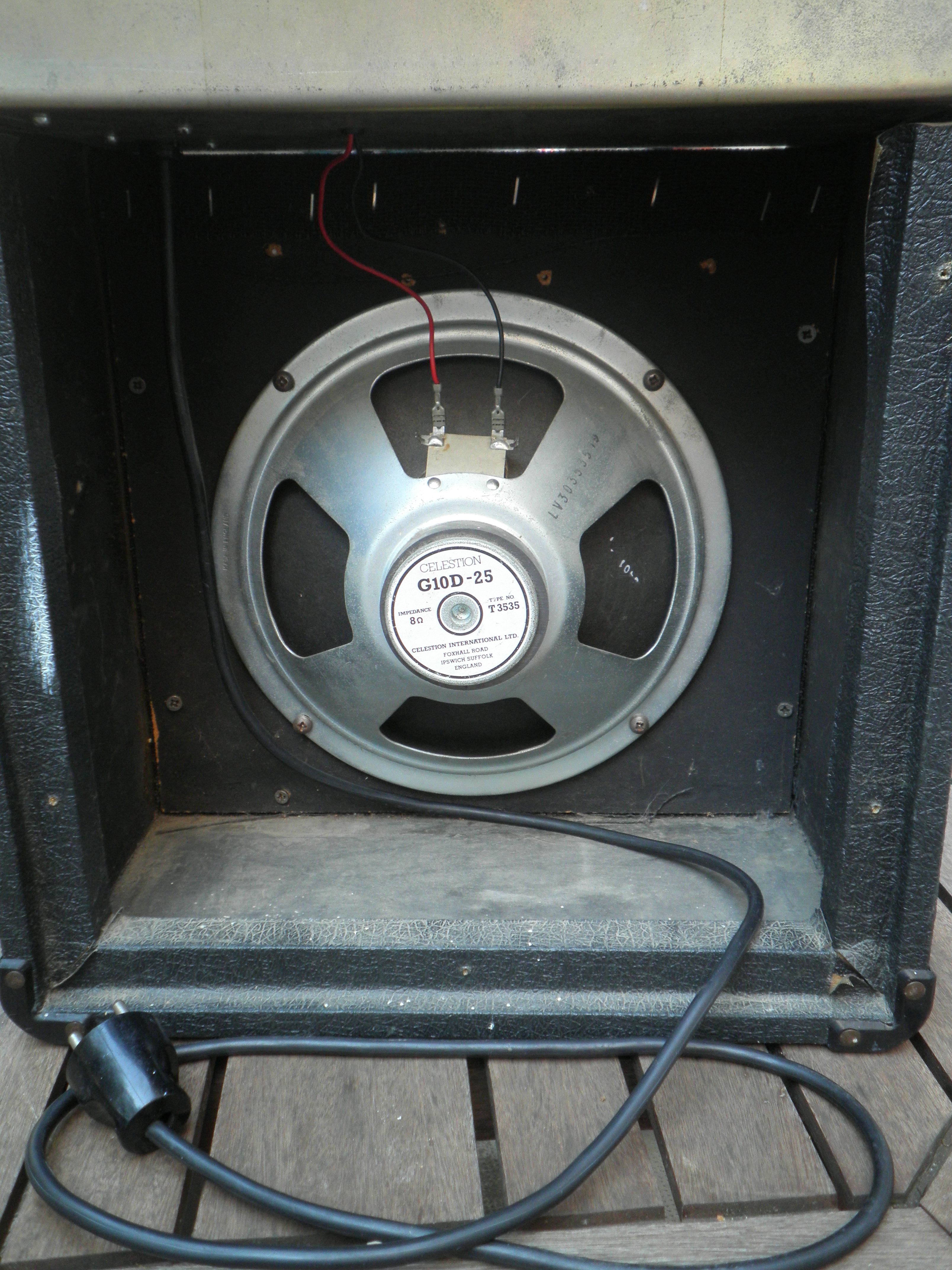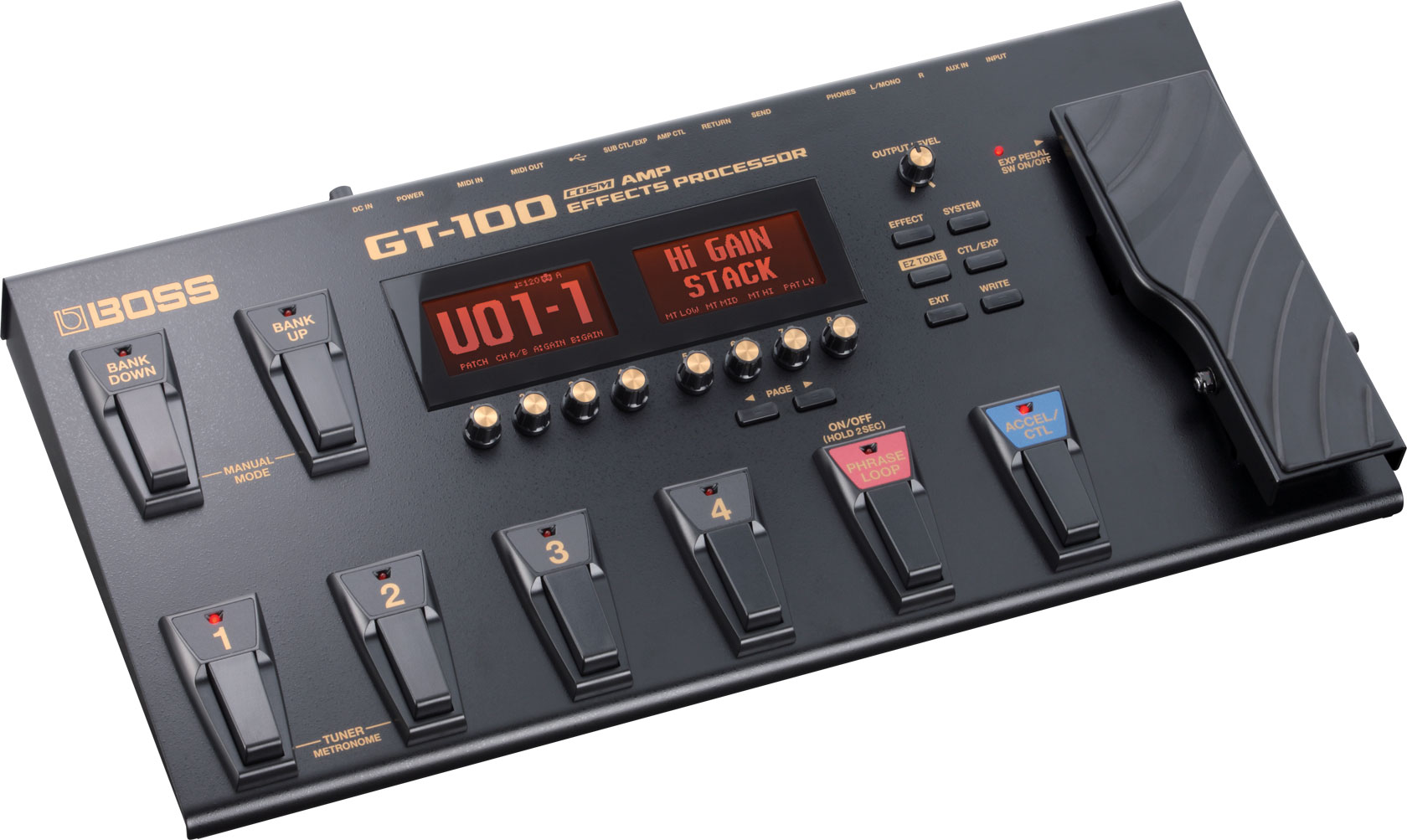Marshall Lead 12 Combo Manual Transfer
Find a Marshall stockist to get your favourite amplifier. Marshall have stockists all over the world on the internet and in store. Aug 09, 2014 Marshall JCM 2000 TSL 122 Demo. Marshall JCM 2000 TSL Triple Super Lead Demo - Duration. Marshall 1962 Bluesbreaker Combo Amplifier Review.
Thank you in advance to all who read, reply and assist in reviving this amp back to life. Let's jump right into this project. I recently picked up a Marshall Lead 12 that has a volume/ output issue. ABOUT THE MARSHALL LEAD 12: This amp currently sells on ebay in head or combo form from $75-$150 so please do not suggest that I just go buy one as I know it is on the verge of working. The ultimate plan is to slave the lead 12 into a power amp as it sounds (to my ears) close to a JCM800 for a solid state amp and even better with a distortion pedal (tube screamer) as most would suggest.

There is very little info online about the lead 12, combo-head conversions, and modding solid state amps. I do have pictures of the chassis and a schematic for the 3005 and the lead 12 reverb ( I'd like to build the driver and recovery circuit and add reverb but the amp has to be working first). This particular model was made in 1986 and its got mojo.

I'll try to be as detailed as possible to better aid those aiding me. Well, that is a good load of background info to get started. A link to the schematic at Dr Tube.
(it's apparently on here somewhere already but I can't locate it) Generally speaking a tech won't tell you to dump something and buy a new one. We love fixing stuff, and for my part I've been known to spend seriously uneconomic time on a 'lost cause' simply for the intellectual challenge and satisfaction. A word about approach; you have replaced a large number of components on spec, hoping to luck onto the cause of your problem. This rarely works (as you have discovered) and contains a real risk of covering up the actual cause of the problem, and of introducing new faults.
The normal method of repairing an amp is to take measurements to isolate the cause (along the signal chain from input to output), then replace the faulty component(s). Overall this is quicker, cheaper, and more effective. A few basic voltage measurements are needed; The main supply voltages (across C17 and C18, 2200uF) should give around + and - 19 volts to ground/chassis.
The supplies to the preamp (C2 and C6, 22uF) should be around + and - 15-16 volts. The voltage across the output (with no speaker connected) should be very small and in the range +0.5V to -0.5V. (If you measure significantly more than this do not connect any speaker to the amp until it is fixed.) Please make these measurements and post them. Is the low volume problem confined to driving an external cab, or does it also apply to the internals speaker? - 'hum' to a tech means power mains frequency, 50/60 or 100/120 Hz. Other frequencies imply some sort of instability or oscillation going on in the amp (frequently due to a broken connection somewhere).
Baixar Rbd Eu Sou Rebelde Mp3 there. So are we talking quite bassy, or higher? Can you identify the approximate pitch, say using a guitar?
- the Gain control in this amp is typical and operates on the stages close to the input. The fact that it has no effect suggests that there is a break/problem somewhere between there and the output stage. (what we are trying to do here is to isolate which of the chain of stages is misbehaving). A logical place to start faultfinding with most amps is the master volume control. This is because it normally sits in the middle of the whole amplifier between the preamp and main/power amp, and gives us a strong clue if the problem is before or after there. If the output voltage measured above is less than +/-0.5V, then; (Assuming you don't have much in the way of test equipment), set the main volume control for 50% and use some sort of player (MP3/CD/cassette) to inject a signal between the middle (wiper) contact of the volume pot and ground.
If the power amplifier and speaker are healthy this should result in a fairly loud, clean, racket under the control of the player volume setting. If so this tends to clear the downstream circuits towards the output, and means we must move upstream towards the inputs looking for our signal loss.
If, however, the output is dirty even at low signal levels we will need to search in the other direction. Post the results of this signal test. I removed the IC (socket and IC chip are properly soldered and seated) and retested the same components that ROLY suggested and the results were: MAIN SUPPLY VOLTAGE: C17= 13.4v C18= 13.2v SUPPLIES TO PREAMP: C2= 0.0v C6= 0.0v ACROSS OUTPUT: MEASURED 0.03V As you can see all the measurements with the exception of the SUPPLIES TO PREAMP, are the same. All measurements have been double checked using a UEI DL49 digital voltmeter,( Borrowed from a friend) which proved the original measurements on my DMM were just as accurate.